15 Things You Absolutely Need to Know About the Panic of 2008
A crash course in why it happened, how it's strangling the nation's finances, how it might work itself out and what you can do while you wait.
1. It all began with cheap money. To prop up ailing economies early in this decade, central banks in the U.S. and Japan kept interest rates unusually low, which encouraged speculation. In the U.S., the Federal Reserve Board lowered the federal funds rate -- the rate that banks charge each other for overnight loans and a barometer for the cost of borrowing money on a short-term basis -- from 6.5% in 2000 to 1% by mid 2003. Cheap money quickly ignited a sharp rise in home values in virtually every corner of the country.
| Row 0 - Cell 0 | SLIDE SHOW: 10 Things That Are Going Right |
| Row 1 - Cell 0 | How to Cope With the Financial Crisis |
2. Financial magicians made subprime loans golden. Banks and mortgage companies fed speculation in home prices by offering cheap credit to all comers, including those who would not normally qualify. What to do with these subprime loans? Package them with thousands of high-grade loans to sell to investors. To make the subprime loans attractive, underwriters bought insurance policies guaranteeing that the loans would be repaid. With insurance on the loans, credit-rating agencies stamped such paper as triple-A-rated debt.
3. The global economy became infected with poisoned debt. The loans came to investors as collateralized-debt obligations, or CDOs -- huge packages of loans sold in assorted tranches that varied by level of risk. Buried inside the least-risky tranches were those subprime mortgages masquerading as triple-A-rated debt because of their insurance policies. Insurers assumed that default levels would be minuscule.
From just $107.88 $24.99 for Kiplinger Personal Finance
Be a smarter, better informed investor.

Sign up for Kiplinger’s Free Newsletters
Profit and prosper with the best of expert advice on investing, taxes, retirement, personal finance and more - straight to your e-mail.
Profit and prosper with the best of expert advice - straight to your e-mail.
4. So much for those assumptions. Home prices tipped downward, setting off a chain reaction. All bubbles eventually burst. The Fed began raising short-term interest rates in 2003, eventually boosting the federal funds rate to 5.25% by the summer of 2006. As a result, adjustable-rate mortgages (particularly the subprime variety) began to reset at far higher interest rates, and in July 2006 the rise in home prices abruptly stopped. In fact, home values began a descent that continues to this day, in many communities averaging a loss of 15% to 30%. As borrowers realized their homes were worth less than the amount owed on their mortgages, defaults shot up.
5. Rating agencies lowered their assessment of those subprime loans to junk levels. The investment and commercial banks, pension funds, and other institutions that had bought the supposedly safe, triple-A-rated CDO tranches woke up to find their investments tainted by those poisonous subprime loans, which began to default at alarming rates. Holders of these CDOs found it all but impossible to sell them, because there were few buyers -- the beginning of a seize-up of U.S. debt markets.
6. A wave of write-downs on the value of those loan packages commenced. Financial accounting standards require banks and investment companies to Òmark to marketÓ the value of their assets each day. If it's impossible to value a security because there is no market for it, too bad -- make a smart guess. Starting in 2007, one financial institution after another announced a series of quarterly write-downs of hard-to-value and unsalable CDOs that turned into a financial tidal wave.
7. Financial institutions were revealed as vastly undercapitalized. As the quality of their debt portfolios deteriorated, investment banks wrote off billions of dollars of bad assets each quarter, causing their reserves to shrivel. Commercial banks are leveraged with perhaps ten times as much in assets as capital. But some investment banks leveraged themselves more than 30 to 1, to the point that should anything go seriously wrong with those assets, they could fail. Also overextended: Fannie Mae and Freddie Mac, which stand behind $5 trillion in mortgages.
8. A commodities bubble destabilized the economy. Developing economies, mostly in Asia, began growing so fast that their appetites for raw materials, such as coal, iron ore, steel, oil and copper, threatened to overwhelm the available supply. Oil shot to almost $150 a barrel by last summer, and other commodities rapidly doubled, tripled and quadrupled in price.
9. The gathering storm set off a sickening wave of failures. One of the first banks to fail was California's IndyMac, a leading subprime lender. Countrywide, the biggest mortgage lender, sold itself to Bank of America to avoid insolvency. This spring, Bear Stearns, the most overextended of the investment banks, went under. In September, to avert a collapse of Fannie Mae and Freddie Mac, the government seized control of them by putting them in a conservatorship that made the U.S. government the explicit guarantor of $5.5 trillion in home mortgages that the institutions owned or insured.
10. Lending of all sorts started to freeze up. First to coagulate, last winter, was the market for auction-rate securities. By September, even overnight loans among banks had dried up, for fear the borrowing bank would fail. And despite hundreds of billions of dollars in cash that central banks around the world pumped into banks' coffers, few banks put that money to work for fear it would be needed to shore up their own finances. Investors began withdrawing tens of billions of dollars from supposedly supersafe money-market funds, which invest in, among other things, short-term corporate debt.
11. And government could not steady the boat. Nothing that Washington tried -- lowering interest rates, flooding the economy with gazillions of dollars to keep the financial community afloat, rescuing Fannie Mae and Freddie Mac -- instilled confidence in financial institutions. When Lehman Brothers Holdings declared bankruptcy on September 15, fellow investment bank Merrill Lynch sold itself to Bank of America to avoid being next to topple. That was followed by the government's rushed takeover of American International Group, the world's largest insurer, which had had disastrous forays into insuring subprime mortgages. By now, the Panic of 2008 had taken root. A different approach was called for.
12. Finally, bold moves went to the root of the problem. To jump-start the frozen credit system, the government made the first in a series of direct investments in banks, originally allocating $250 billion. This increased the capital bases of affected banks, making many times that much money available for loans -- if the banks would respond by lending. In addition, the government guaranteed repayment of interbank loans -- another attempt to get the flow of lending back on track.
13. Needed most: stable home prices. Until August, the decline in home prices had been slowing for several months. But a big dip that month made a bottoming of prices seem that much further off. On the upside, the inventory of unsold homes has almost quit growing. Only when prices stabilize will the wave of foreclosures crest and the extent of bad debt poisoning the balance sheets of the U.S. economy finally become known.
14. You'll feel the aftershocks for years. That's because banks have already lost $1 trillion to bad debt during this crisis, and some experts expect the losses to end up being twice that amount. Less capital means less money to lend and far stricter limits on credit to borrowers. Years could pass before banks can rebuild their capital to the levels that existed before this crisis began. The shocks already felt undoubtedly tipped the economy into a recession.
15. Keep the faith. A financial panic causes people to lose their ability to reason. But just because a panic can end in utter economic disaster, as it did in 1929, doesn't mean that it will. Just as banker J. Pierpont Morgan could quell the Panic of 1907 by walking onto the floor of the New York Stock Exchange and buying bank stocks, so too could decisive government action contain the Panic of 2008. You may not know the outcome of this drama for weeks or months to come. Until you do,the best course of action might be to stick to your well-laid plans.
Profit and prosper with the best of Kiplinger's advice on investing, taxes, retirement, personal finance and much more. Delivered daily. Enter your email in the box and click Sign Me Up.
-
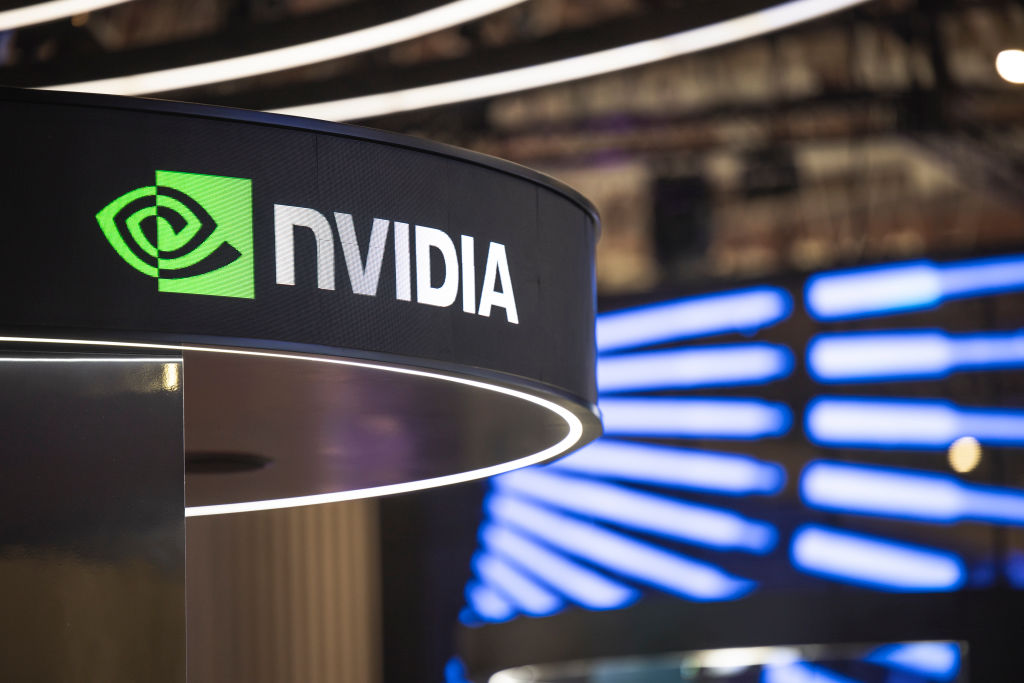 Dow, S&P 500 Slip on December Rate Cut Worries, Nvidia Boosts Nasdaq: Stock Market Today
Dow, S&P 500 Slip on December Rate Cut Worries, Nvidia Boosts Nasdaq: Stock Market TodayNvidia became the first company ever to boast a $5 trillion market cap, but it wasn't enough to lift the Dow and the S&P 500.
-
 Where You Choose to Stash $100k Now Comes with a Big Opportunity Cost
Where You Choose to Stash $100k Now Comes with a Big Opportunity CostThe Fed recently cut rates. Here's where to maximize your savings while rates remain higher.
-
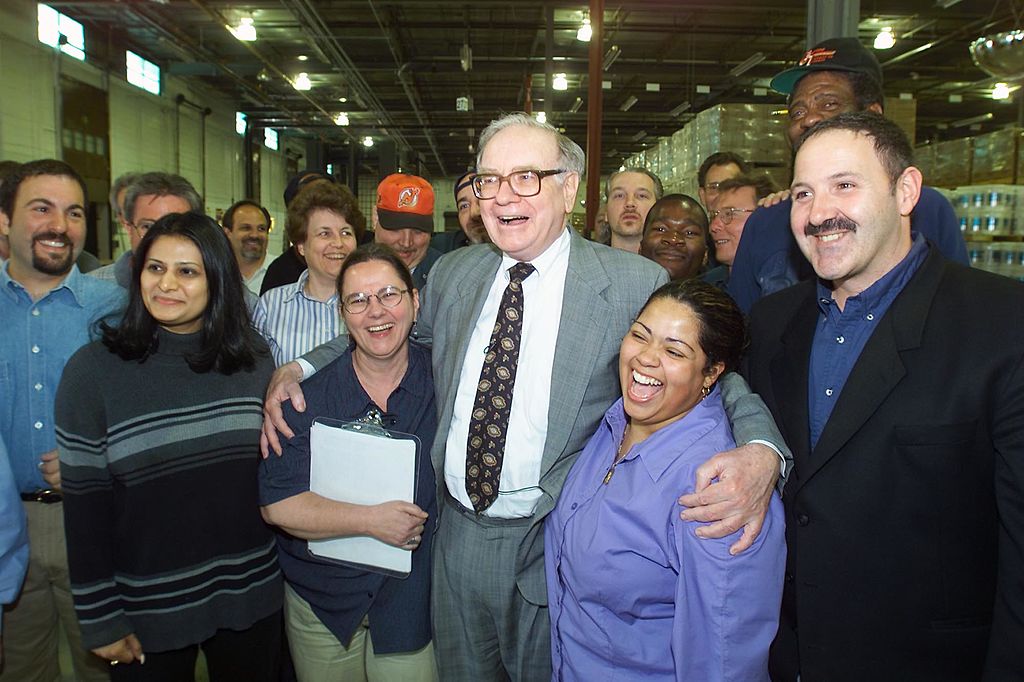 What the Rich Know About Investing That You Don't
What the Rich Know About Investing That You Don'tPeople like Warren Buffett become people like Warren Buffett by following basic rules and being disciplined. Here's how to accumulate real wealth.
-
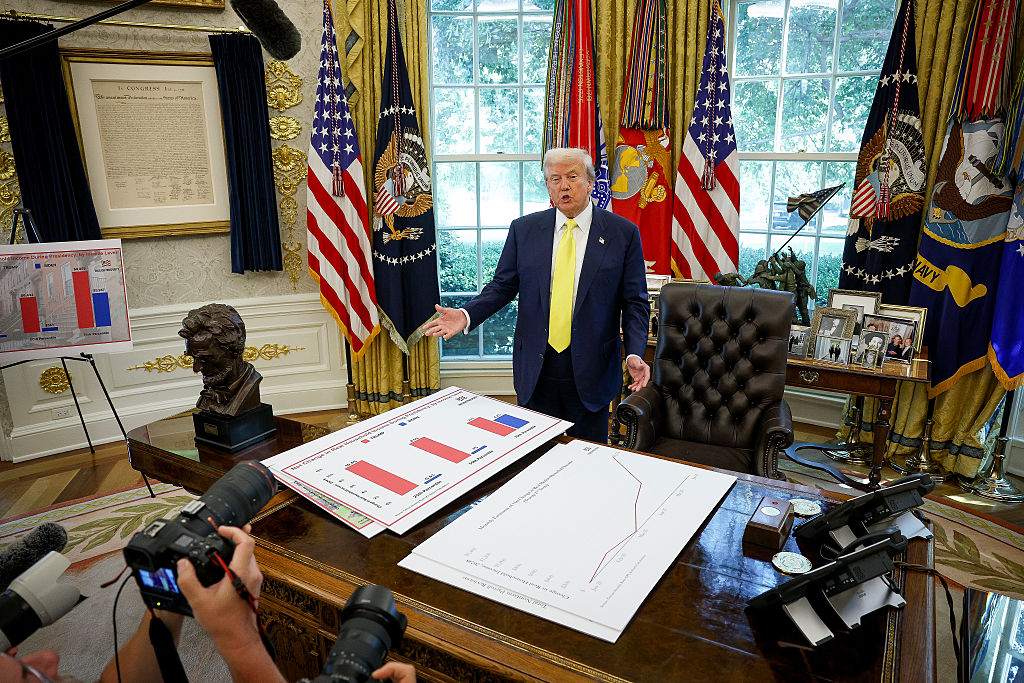 How to Invest for Rising Data Integrity Risk
How to Invest for Rising Data Integrity RiskAmid a broad assault on venerable institutions, President Trump has targeted agencies responsible for data critical to markets. How should investors respond?
-
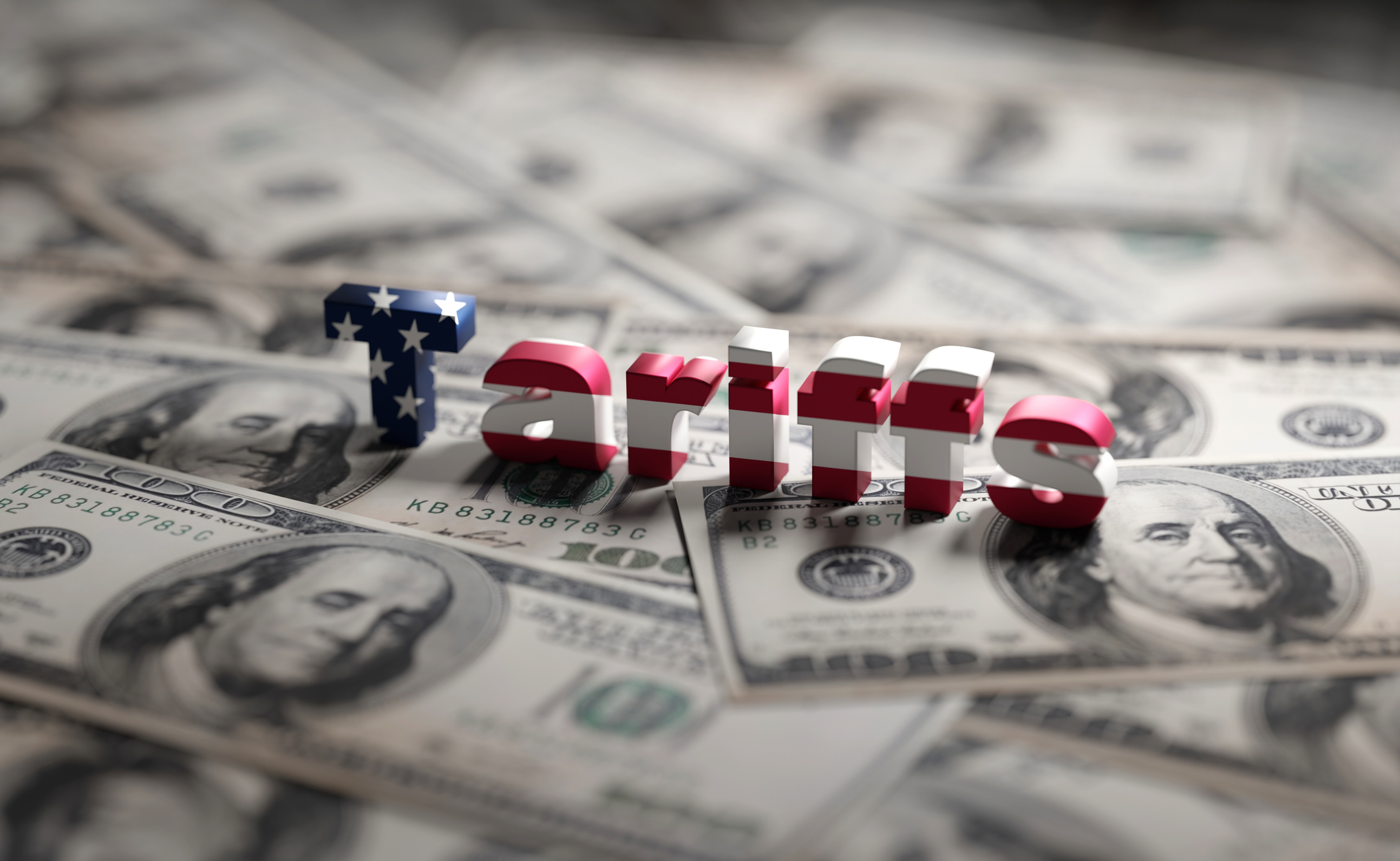 What Tariffs Mean for Your Sector Exposure
What Tariffs Mean for Your Sector ExposureNew, higher and changing tariffs will ripple through the economy and into share prices for many quarters to come.
-
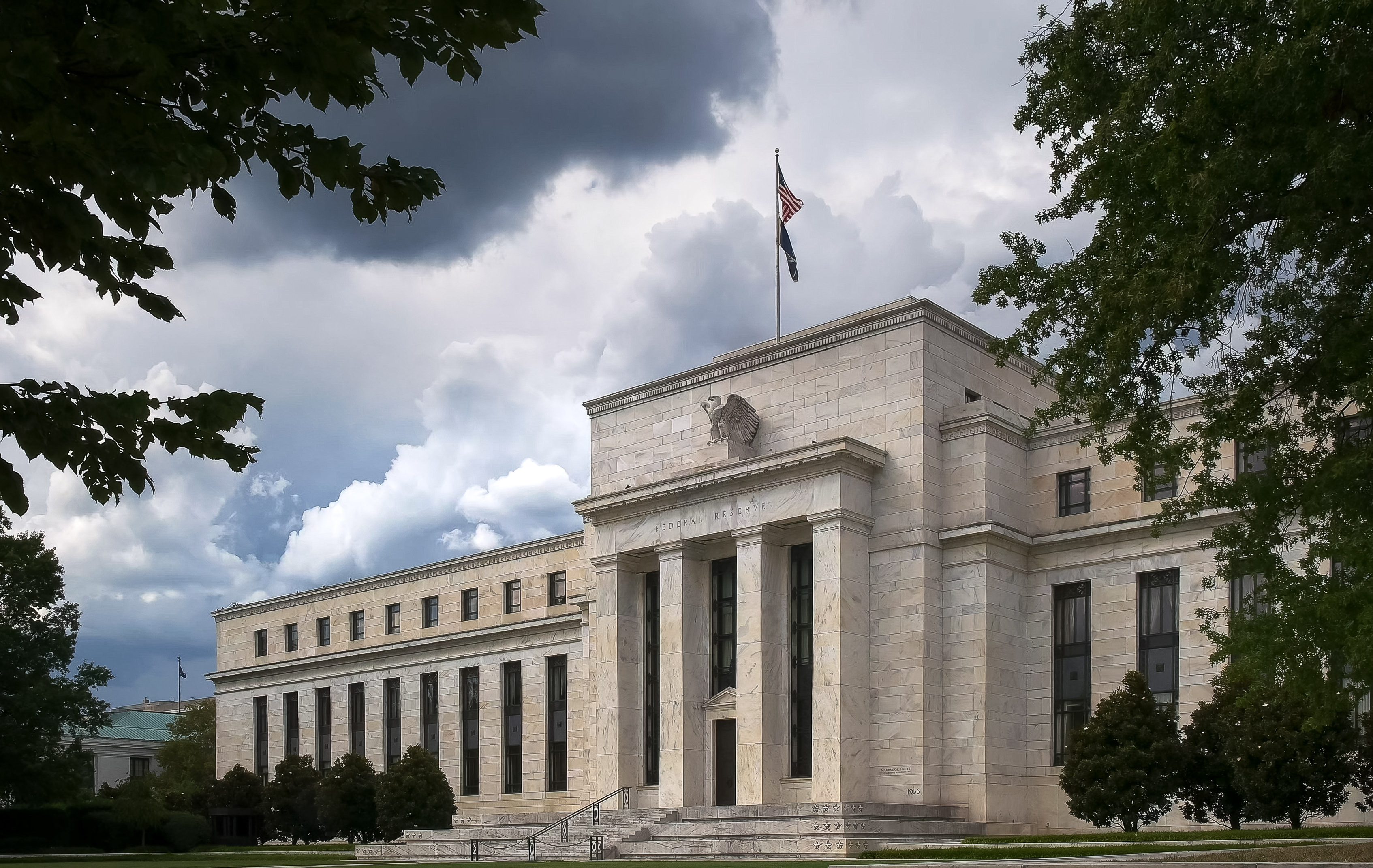 How to Invest for Fall Rate Cuts by the Fed
How to Invest for Fall Rate Cuts by the FedThe probability the Fed cuts interest rates by 25 basis points in October is now greater than 90%.
-
 Are Buffett and Berkshire About to Bail on Kraft Heinz Stock?
Are Buffett and Berkshire About to Bail on Kraft Heinz Stock?Warren Buffett and Berkshire Hathaway own a lot of Kraft Heinz stock, so what happens when they decide to sell KHC?
-
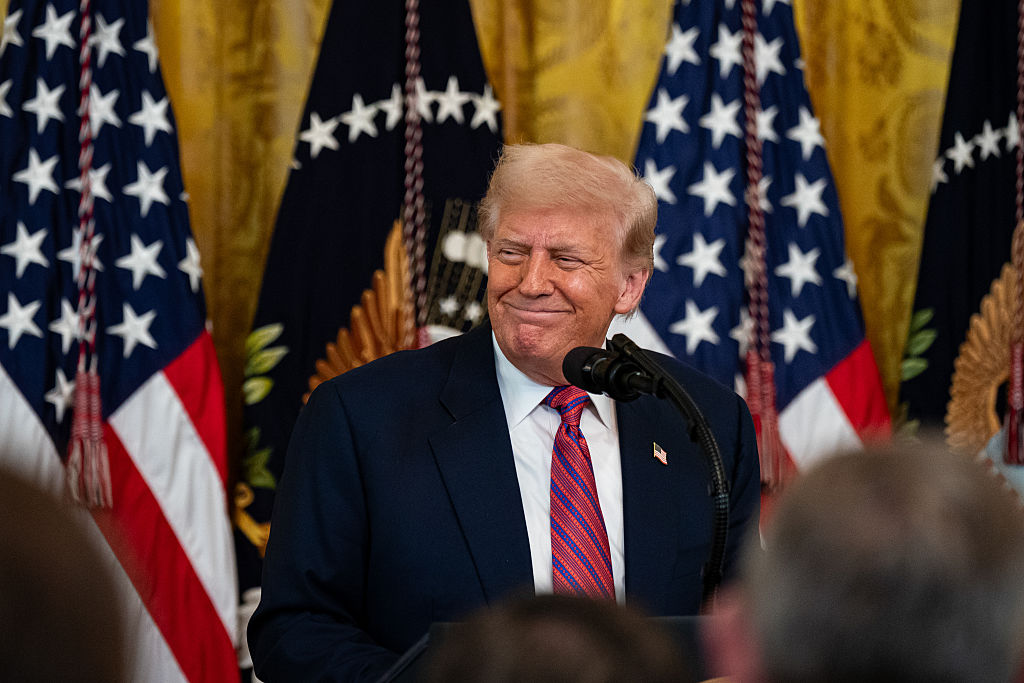 How the Stock Market Performed in the First 6 Months of Trump's Second Term
How the Stock Market Performed in the First 6 Months of Trump's Second TermSix months after President Donald Trump's inauguration, take a look at how the stock market has performed.
-
 Fed Leaves Rates Unchanged: What the Experts Are Saying
Fed Leaves Rates Unchanged: What the Experts Are SayingFederal Reserve As widely expected, the Federal Open Market Committee took a 'wait-and-see' approach toward borrowing costs.
-
 Fed Sees Fewer Rate Cuts in 2025: What the Experts Are Saying
Fed Sees Fewer Rate Cuts in 2025: What the Experts Are SayingFederal Reserve The Federal Reserve cut interest rates as expected, but the future path of borrowing costs became more opaque.